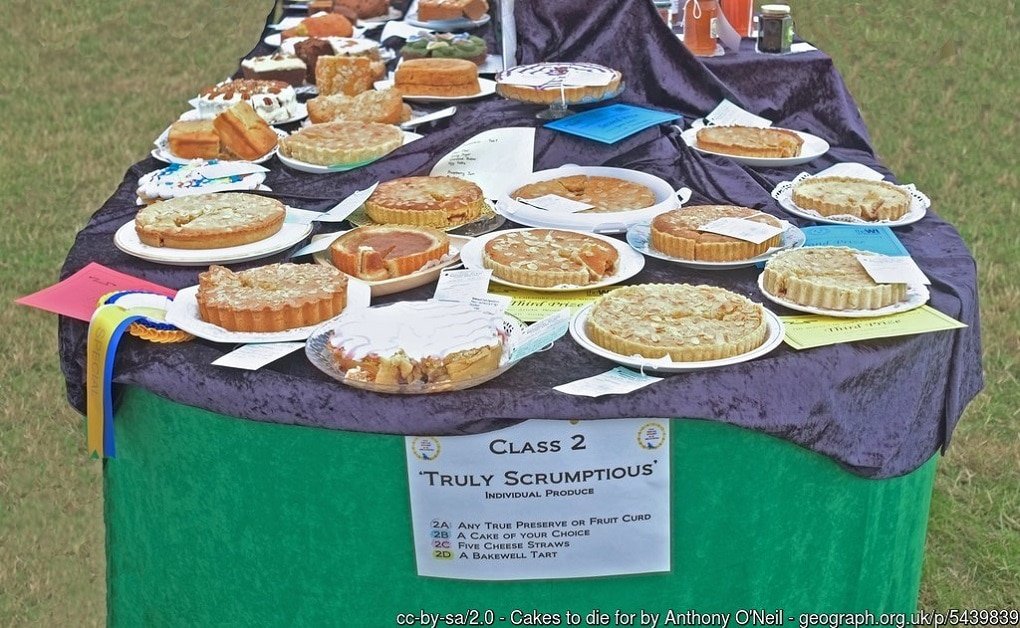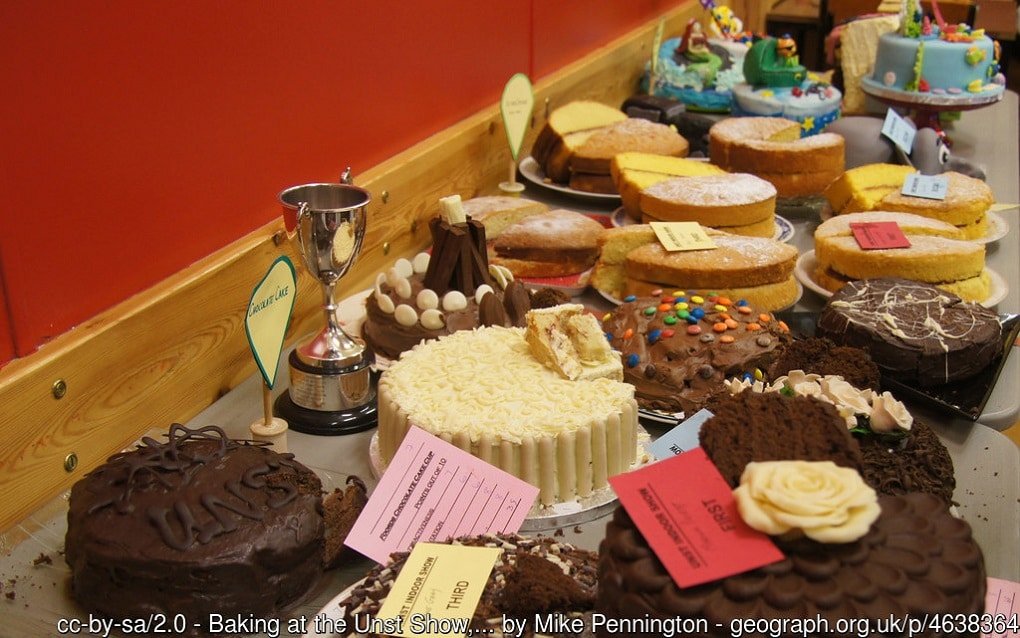

We are slap-bang in the middle of National Baking Week, but let’s face it; we Brits don’t need a week for baking. It’s always a good time to whip up a batch of cupcakes for an impromptu tea party or work out some stress on some dough. And at the very least, we can curl up with a cup of tea and watch the Bake Off.
While we’re waiting for the next episode, here are a few fascinating facts about the wonderful art of baking.
Did You Know?
- Yeast has been found way back in ancient Egyptian ruins.
- Now we can just skip to the supermarket and buy a pack of yeast, but in the past we’d have had to grow our own by leaving flour and water to ferment. That same method is still used today to make sourdough bread.
- We have Louis Pasteur to thank for our supermarket yeast. In 1859, he learned how yeast works and within a decade it was available to housewives everywhere.
- Before baking soda, bakers used a mix of lye and once ashes to help make cakes rise. Yuk!
- Gingerbread dates back to the ancient Greeks. Now there are lots of different forms of gingerbread but Elizabeth I claimed credit for inventing the decorated gingerbread man.
- Before the arrival of the home oven, people might take their breads and cakes (if they could afford to make one) to a community oven. Some people would use metal stamps on their dough to show whose it was.
- The 19th century saw a huge leap forward in terms of the baking world. Ovens became more common in even the poorer homes. Baking powder was invented, and yeast was commercially available. Also mills were able to produce much finer grades of flour and sugar, giving the lighter cakes that we enjoy today.
- In 1894, the National Bakery School was established in London. Today it remains the oldest baking school in the world.

A Few Recipes for Baking Inspiration
Baking can be incredibly complicated, We’ve all seen the magnificent creations on Bake Off or other cooking shows. But don’t be discouraged because baking can also be wonderfully simple. We may not all be able to make a giant sculpture of sponge, but a simple biscuit or butterfly cake is just as tasty. Here are a few links to recipes on British Food and Travel that you might have missed:
- Bara Brith is a Welsh loaf made by soaking the dried fruit overnight in tea for a rich flavour.
- Basic bread. Kneading can be a great way to work off your worries.
- Battenberg cake, with its marzipan coating and checkerboard inside, is surprisingly easy to make.
- Eccles cakes are a deliciously fruity treat for afternoon tea.
- Grasmere gingerbread is much crispier and quite unlike what you’ve probably had before.
- Traditionally eaten at Easter, hot cross buns are now fairly easy to find all year.
- Another seasonal favourite is the mince pie. Admit it, Christmas will be here before you know it!
- The quintessential English cake has to be the Victoria Sponge.
You can find more recipes and baking inspiration at National Baking Week’s website.




